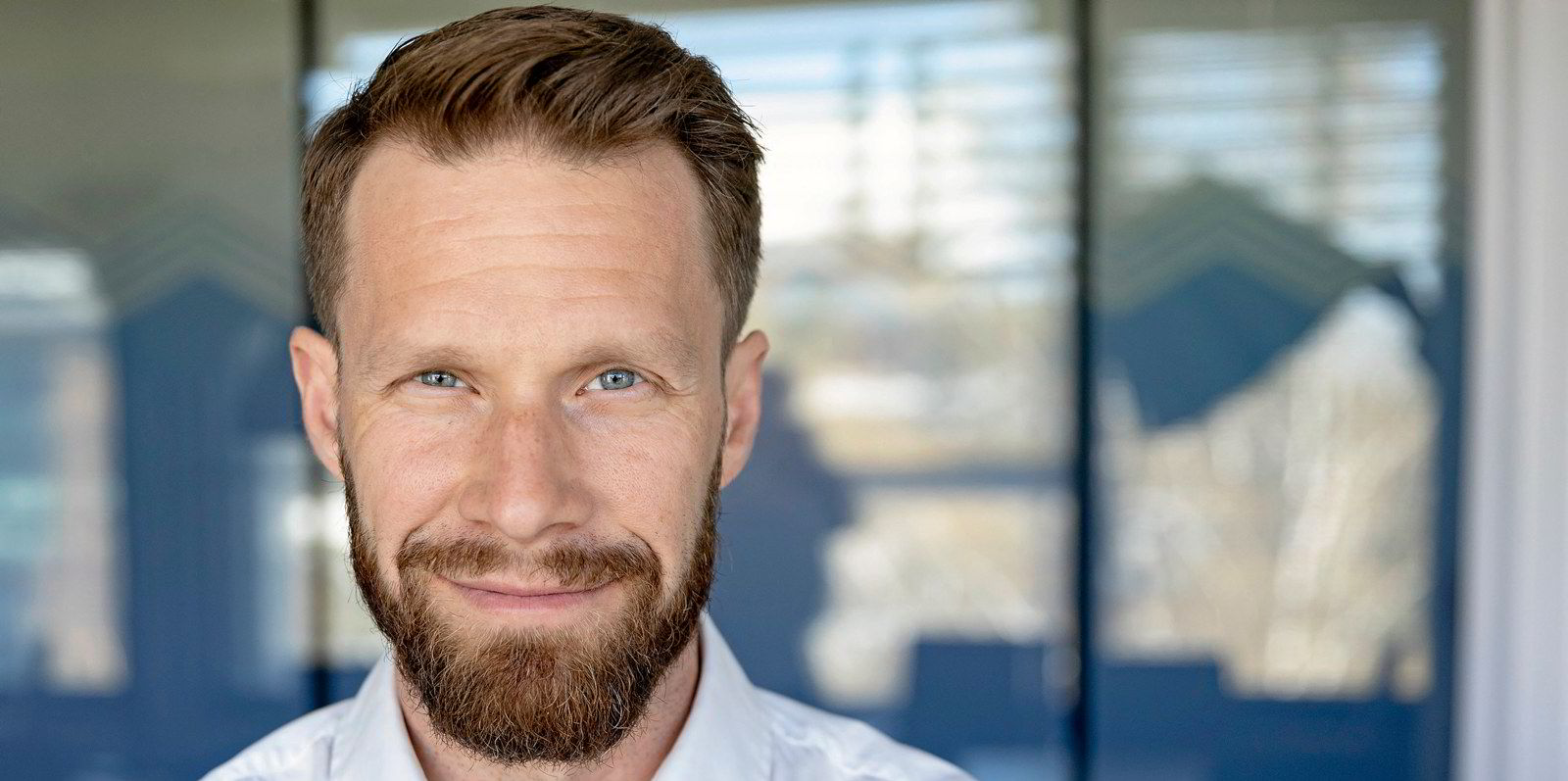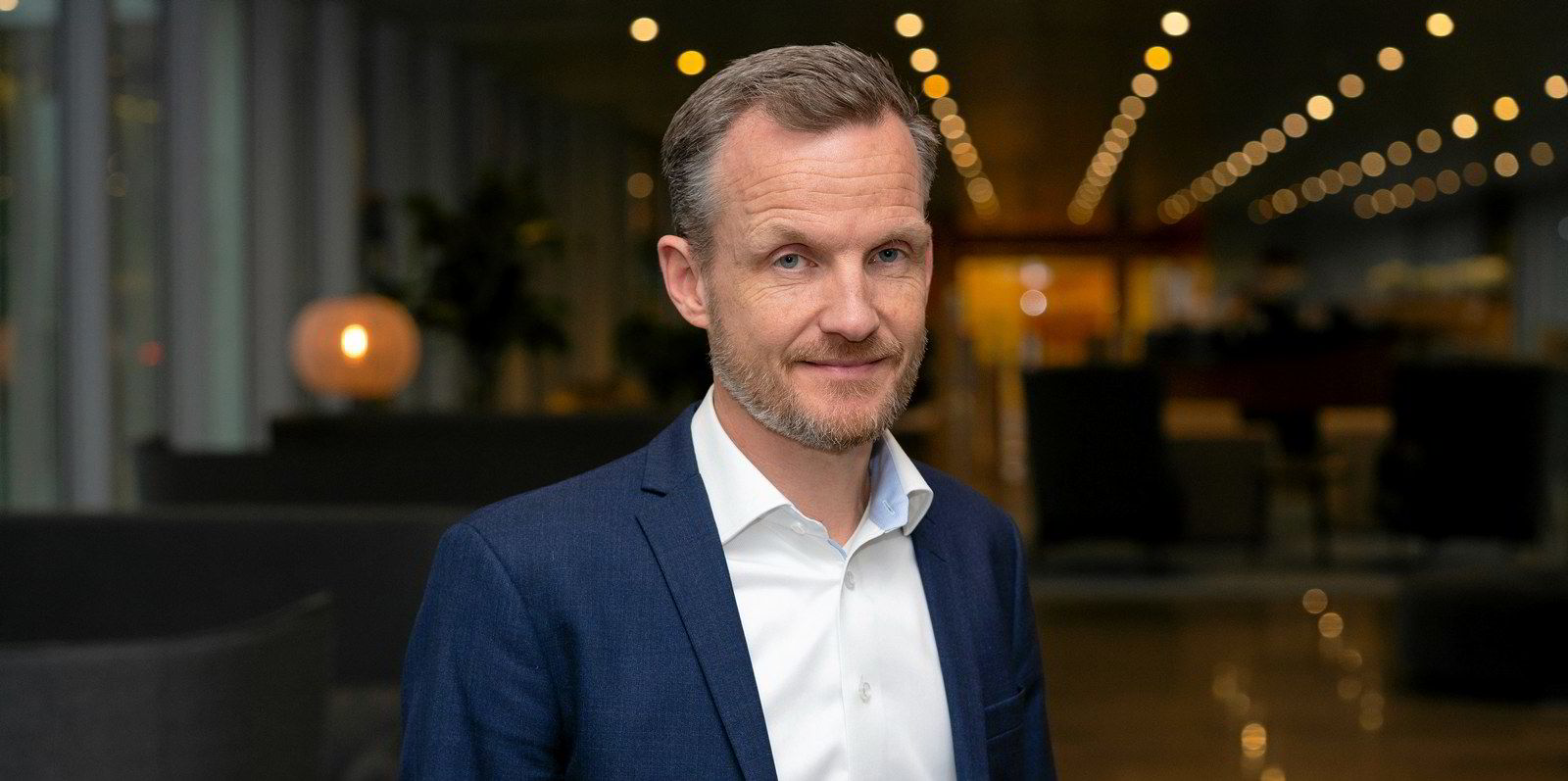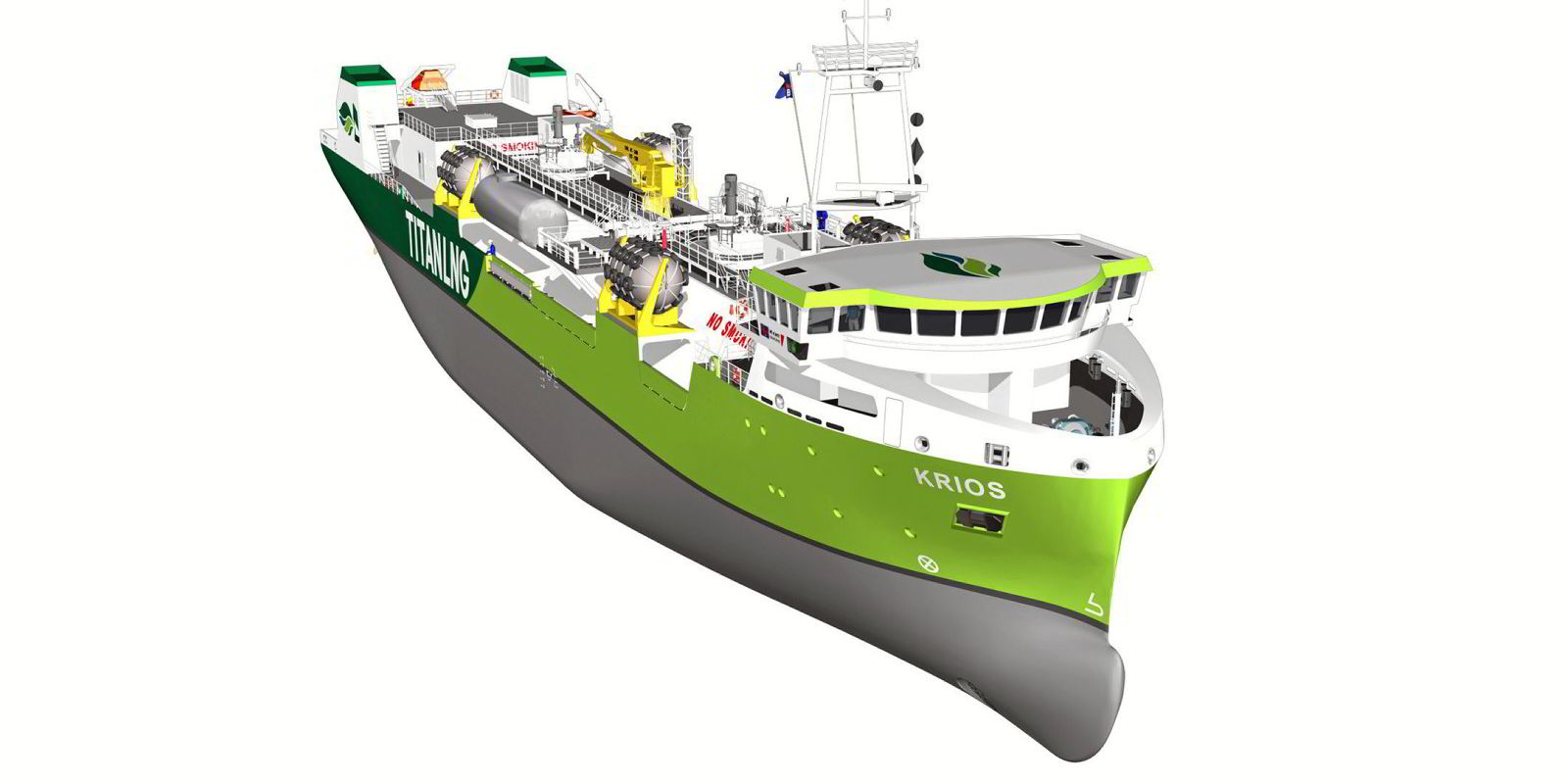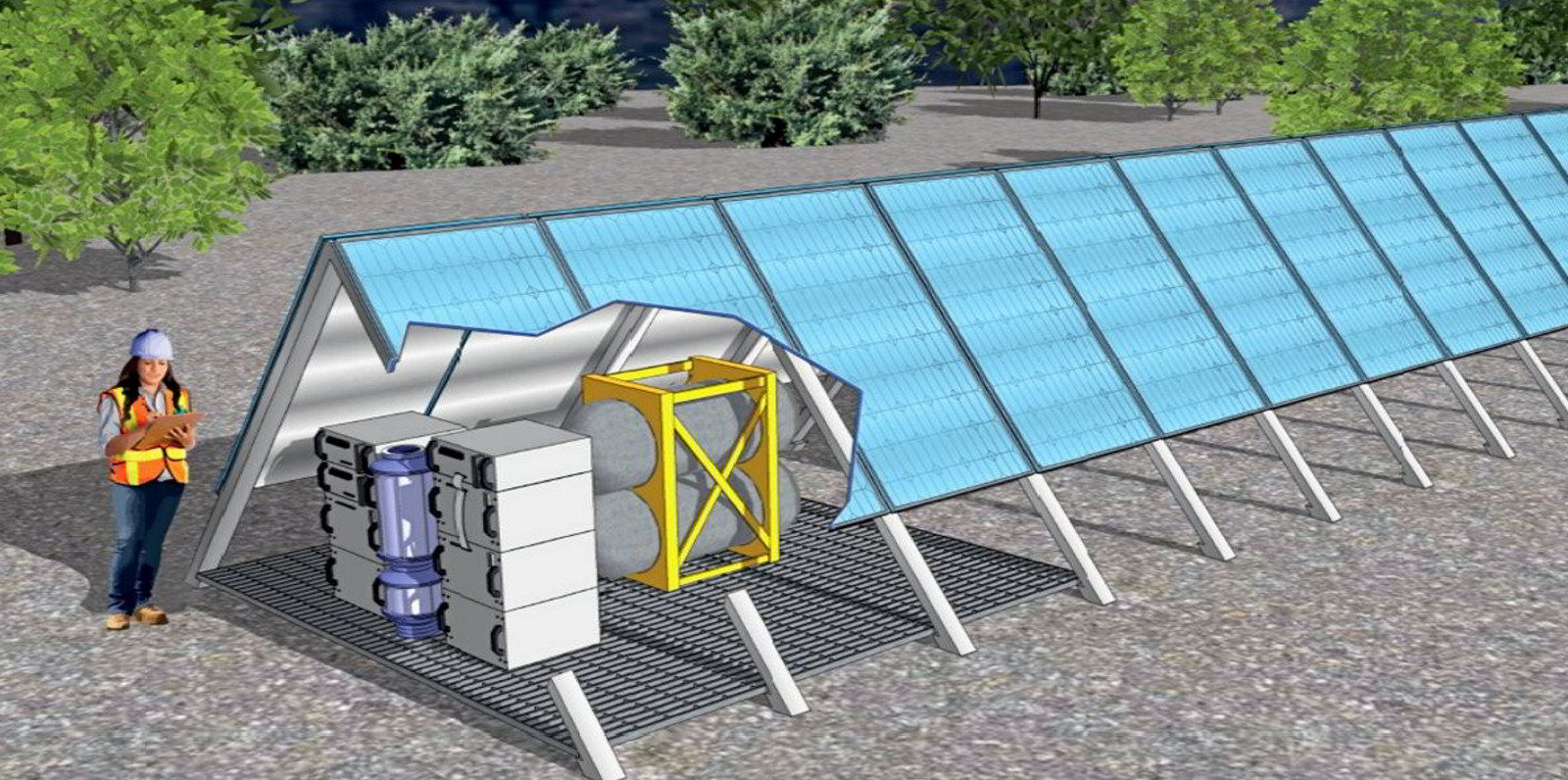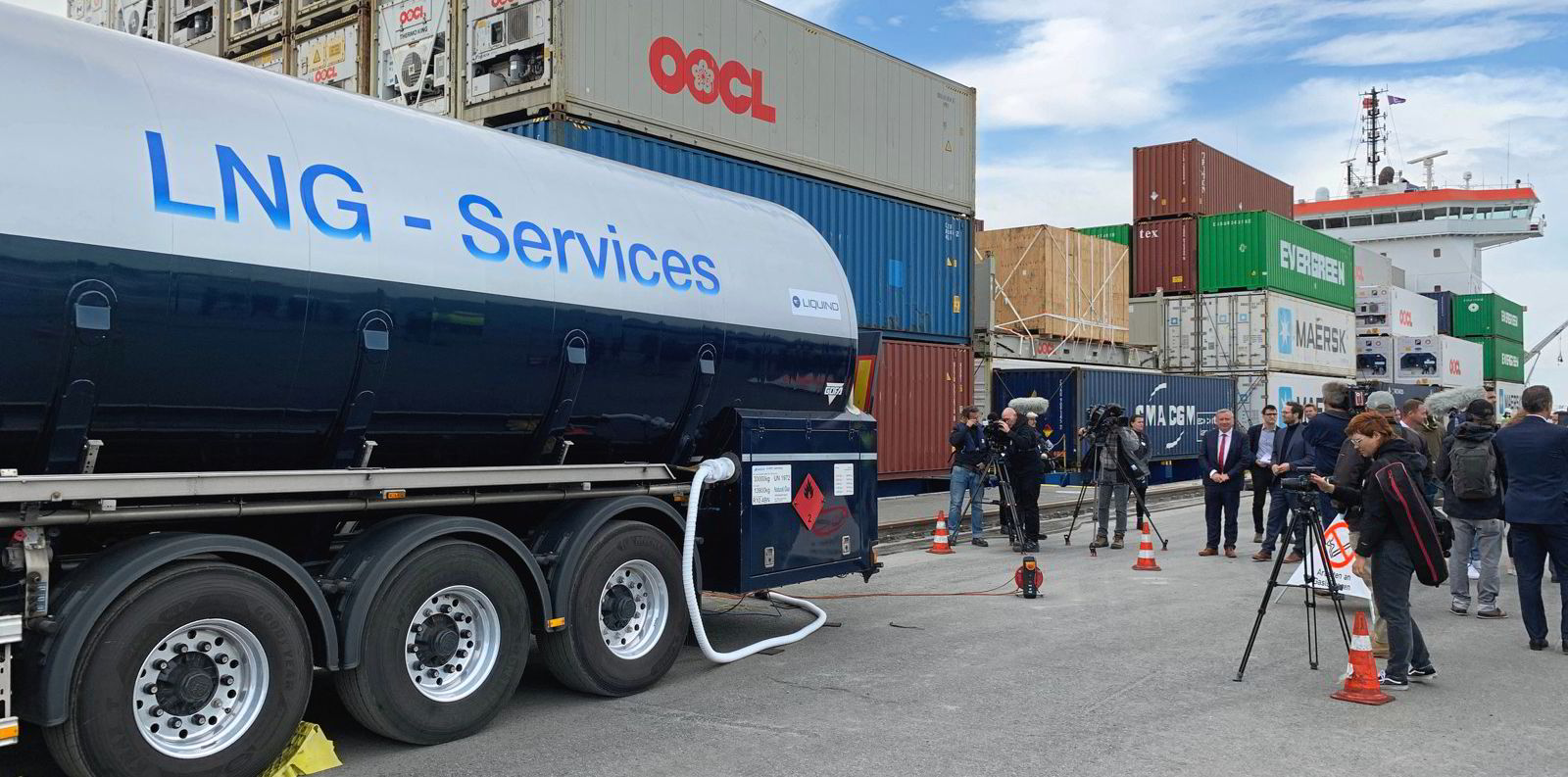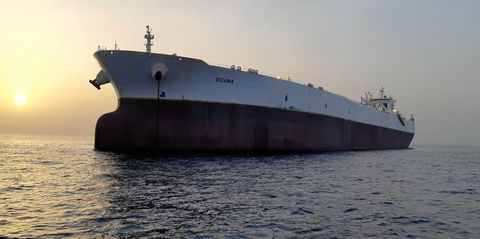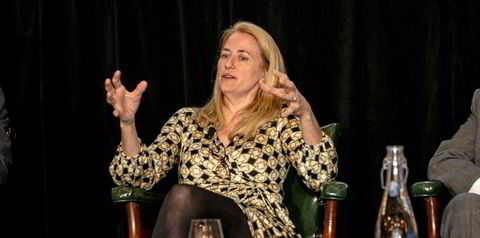Finland's Gasum expects to produce enough liquefied biogas (LBG), or bio-LNG, by 2024 to match the volumes needed to power AP Moller-Maersk's first four methanol-fuelled containership newbuildings.
But the bio-LNG will come at half the price.
Speaking in his first webinar on the "Future fuel outlook for maritime", vice president of maritime Jacob Granqvist said Gasum expects to have scaled up its LBG production in a couple of years to 4 terawatt hours, equivalent to around 260,000 tonnes per annum.
Asked by special webinar guest DNV principal consultant Martin Wold if Gasum would be able to supply the 100,000 tonnes per year of bunkers required by the four vessels from their deliveries, Granqvist said in theory this is possible.
He said Gasum also supplies other users in industry and vehicle transport, and added that price competition for LBG is all about demand and supply.
While today's gas pricing is "a challenge", he said that at Dutch Title Transfer Facility prices of around $20 per MMBtu, LBG could be available at less than half the $2,000 per tonne Maersk has indicated it will pay for its green methanol.
Granqvist added that synthetic LNG is seldom mentioned as an alternative fuelling choice for the future.
He said there appears to be less awareness that methane, like methanol, ammonia and hydrogen, can be produced sustainably.
'A nightmare for shipowners'
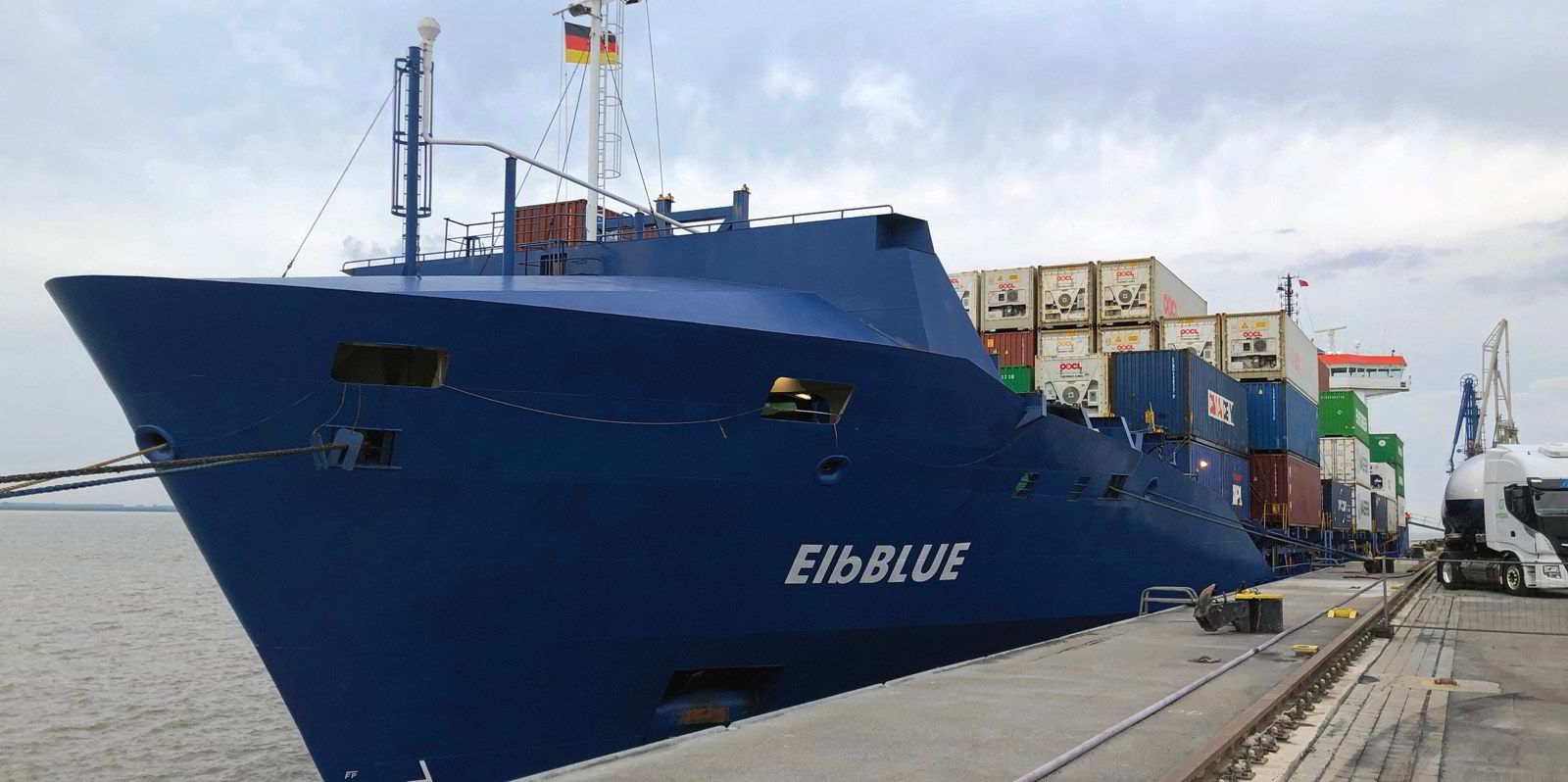
In addition, he said the infrastructure is already in place for LNG supply.
The Gasum executive acknowledged that it would not be possible to run the whole global fleet on LBG, but said the pathway for dual-fuel ships will be to burn synthetic LNG.
Granqvist enthusiastically discussed the marine fuelling landscape with Wold, with the two skipping through the options available to owners and discussing the merits and challenges of batteries, hydrogen, ammonia and methanol.
Wold believes it is "unavoidable" that the market will see a divergence of fuel types in the short term, with Granqvist describing the current situation as "a nightmare for shipowners".
The DNV consultant said Maersk deserved applause for almost single-handedly setting up a new green supply chain for shipping with its order for methanol-fuelled neo-panamax containerships that are touted as carbon-neutral.
He hypothesised that the Danish giant is taking the methanol route because it has done its homework on future supply.
But Wold stressed that green methanol is not much different from the green methane molecule. Both are billed as carbon-neutral fuels.
"I hope that the industry, bystanders and spectators recognise that investments done by companies such as CMA CGM and Hapag-Lloyd and Seaspan in the LNG option, at this stage those ships are equally green," Wold said. "It is not like Maersk has ordered much greener ships.
"The proof of the pudding will be who is actually able to fill up those ships with the green version of the molecules that they have been betting on."
